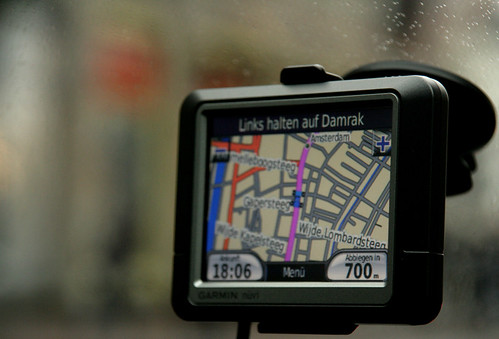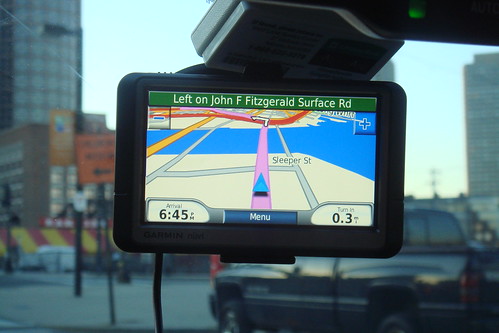(Source: The Local, Germany)

Image Courtesy: Apture
An American tourist caused an accident near Karlsfeld over the weekend, banging up some €45,000 in damages when he followed an outdated navigation system prompt in the wrong direction, daily TZ reported on Monday.
According to the paper, the man’s Mercedes Vito rental car system had not been updated with the new exit from the B471 motorway near Karlsfeld, 20 minutes north of Munich.
The oversight caused him to drive himself and seven passengers into oncoming traffic, where they came face to face with a Peugeot. Both cars wound up veering off the road and into a ditch, the paper said.
The Vito landed on the roof, but all eight passengers in the Mercedes escaped injuries. The Peugeot driver suffered a whiplash injury.
Click here to read the entire article.




